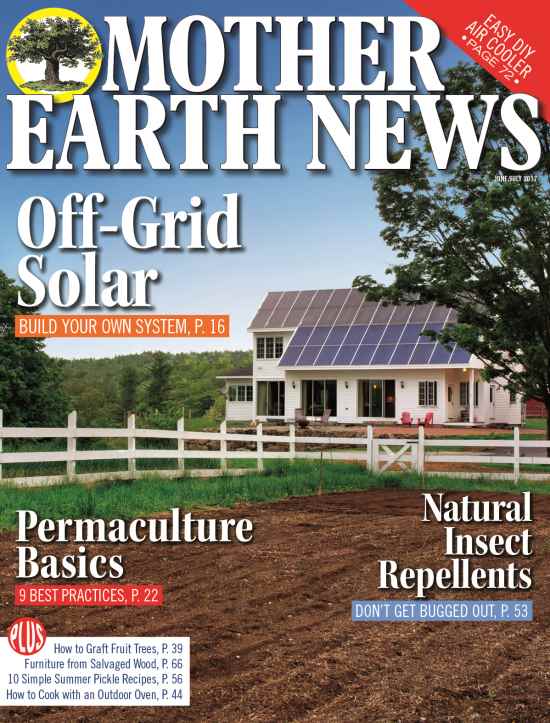Any farm or property hosting herds of livestock requires proper hay production and management. Hay provender plays a vital role for all environmentalists and homesteaders interested in self-sustainability and a healthier lifestyle.
Despite its importance to livestock, hay remains a simple crop to grow and store as long as you know what you need to do. You ultimately want to grow the best hay crop possible, and safely store the fodder where it won’t face damage from outside elements. A majority of your livestock eat stacks of this crop for their entire lives. This makes hay a multi-seasonal crop, requiring that extra bit of care while baling.
So how do you get the best bales for your buck? There are a number of ancient and modern techniques that help self-sufficient citizens, such as yourselves, guarantee their livestock stays nice and plump during the lean seasons on the farm. Without further ado, check out these baling tips.

Checking & Renovating Your Field
Before you bale or store your hay, you will want to know what type of product you’re working with. The quality of your field will dramatically affect the quality of fodder you produce. Tour your field on a regular basis, before and during crop season, to evaluate what naturally grows in the soil.
Woody plants like alder, poplar and birch will quickly get out of hand and spread across your field once they start growing. While milkweed, dandelions, red sorrel and bedstraw weeds will absorb the moisture in your field and cause high levels of acidity in your soil.
Correcting these issues requires removal of the plants and weeds mentioned above. If you can kill them with bio-friendly herbicides feel free, but digging the unwanted foliage up and replacing the subtracted dirt with new, healthier soil will likely prove the better solution.
By implanting fresh soil into the pasture, you can reinvigorate your field and its fertility. Nitrogen can also have a positive effect on fodder crops, creating a high-level impact on the growth and yield of forages. One research study showed how 100 pounds of nitrogen used as fertilizer for Bermudagrass in Georgia doubled the forage yield in the 2014-2015 seasons.
Gathering & Storing
Once your reinvigorated field sprouts new crops of grass and legume hay, it’s time to reap the crop. The method you use to bale this hay is as important to its quality as the soil you plant it in.
While you could use one of many different baling styles—large or small and square or round—by following a few standard rules you can preserve and maximize the quality of your fodder easily. Here are a few techniques homesteaders can use to improve the quality of hay:
- Examine your baling equipment and the first bales from your field. The density and shape of the bales matter, because the windrows you make should be large and uniform. By making the necessary adjustments to your tractor and baler early, you minimize the amount of hay lost when it dries or is handled.
- Securing leaf tip retention will have a significant impact on forage quality. After mowing, raking and securing your forage, you still have to protect the bale from moisture. Hands and body heat can affect the quality of bales. Carrying bales by hand risks contamination of the surface area of the windrows. Instead, use a bale grab attachment for easy transport of each parcel to safely grab, carry and place the hay bales into storage.
- Protecting your hay after harvesting it from the field is crucial. You need to begin storing it immediately in order to maintain the quality you worked hard to achieve. Forage stored incorrectly will become damp quickly, and damp forage is susceptible to mold or fermentation. Keep in mind that the longer ripe hay faces exposure to weather or the sunshine, the more nutrients the entire bale loses.
Stacking Bales
Possibly one of the more obvious suggestions stems from the stacking procedure for your forage crop. By stacking the oldest bales in the front, you secure your long term harvest reserves. By the time you reach the back or the bottom of the storage, the last portions remain as fresh and preserved as possible.
Prices for hay are rising steadily, meaning now is the time to invest in these six techniques and procedures. You have to start somewhere if you want to improve your crop and maximize your long term hay reserves.











